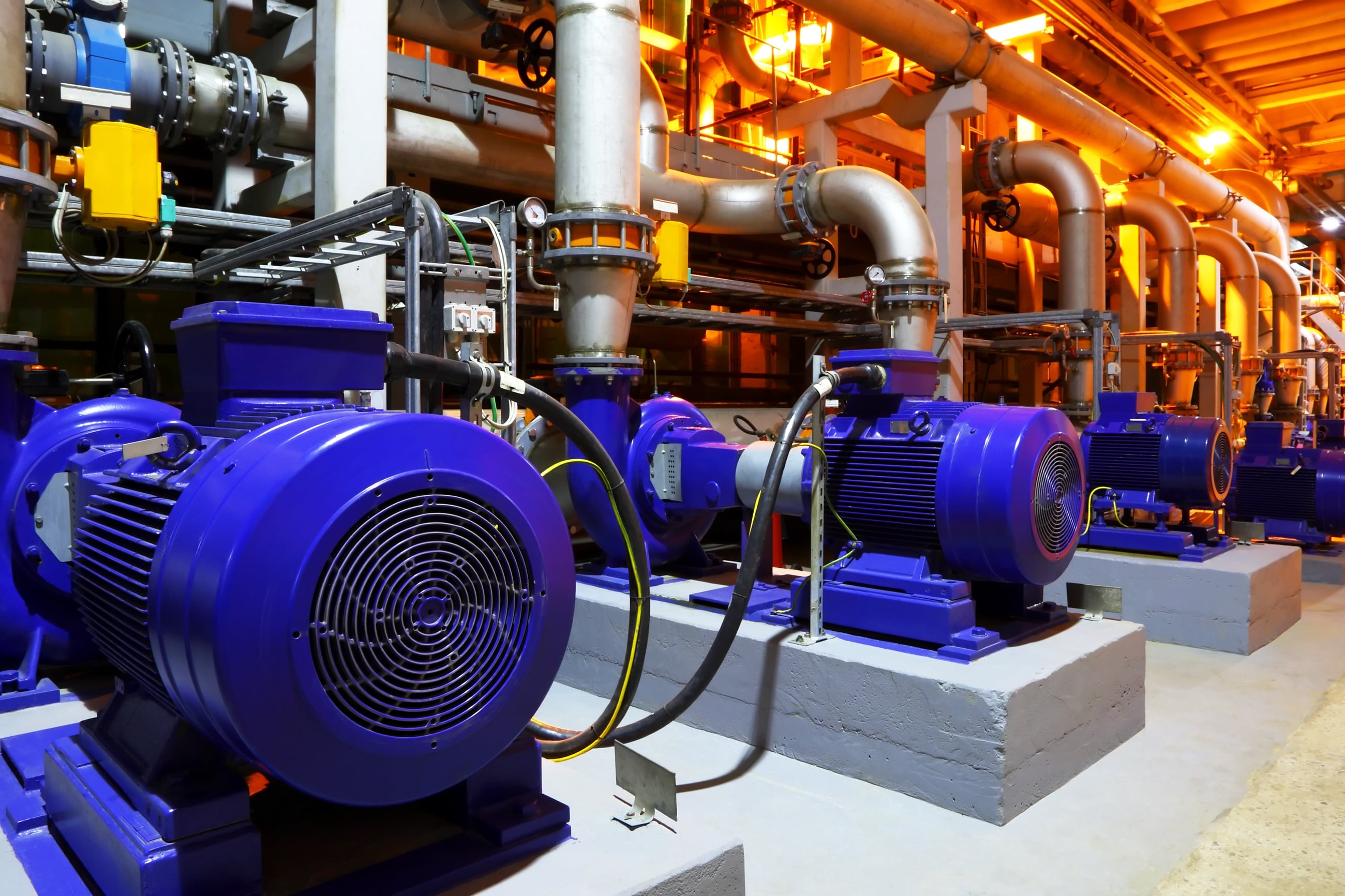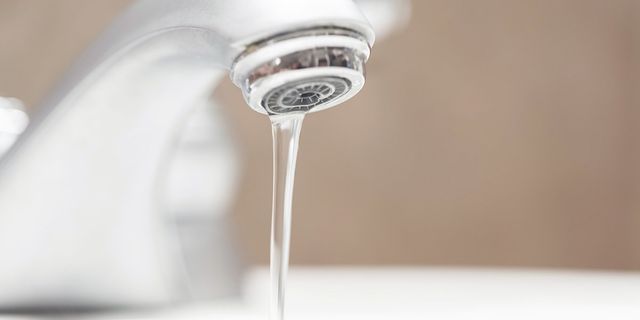Step-by-Step Ways for Solving Low Water Pressure in Your Home
Step-by-Step Ways for Solving Low Water Pressure in Your Home
Blog Article
What're your ideas regarding 9 Reasons for Low Water Pressure in Your House?

Low water stress in your house can be an irritating issue, affecting every little thing from bathing to cleaning dishes. If you're experiencing weak water circulation, there are numerous feasible reasons and options to discover. In this overview, we'll discuss common reasons for low tide pressure and functional actions to address the concern properly.
Intro to Low Water Pressure
Low tide stress happens when the flow of water from your faucets, showers, and various other fixtures is weak than typical. This can make daily jobs more tough and less effective. Recognizing the causes of low tide pressure is critical to locating the best option.
Common Causes of Low Tide Pressure
Pipeline Obstructions
Gradually, pipelines can end up being clogged with natural resource, sediment, or particles, restricting the flow of water. This is a common problem in older homes with galvanized steel pipes.
Rust
Rust within pipelines can result in leakages and lowered water pressure. Corrosion build-up can restrict water flow, especially in maturing plumbing systems.
Faulty Stress Regulators
Pressure regulators are in charge of keeping consistent water pressure in your home. If they malfunction, it can cause low tide pressure or unequal circulation throughout the house.
Community Supply Of Water Issues
Occasionally, the issue lies outside your home. Metropolitan supply of water concerns, such as main line leakages or maintenance job, can temporarily lower water pressure in your location.
Exactly How to Diagnose Low Water Pressure
Inspecting Faucets and Components
Beginning by checking the water pressure at various taps and fixtures throughout your home. If the problem is isolated to particular areas, it might suggest localized troubles.
Examining Pipelines
Evaluate visible pipes for indications of leaks, rust, or obstructions. Focus on any type of uncommon sounds, such as banging or rattling pipes, which might indicate issues within the plumbing system.
Consulting with a Plumber
If you're incapable to determine the cause of low tide pressure, think about working with a specialist plumber to conduct a complete assessment. They can recognize underlying issues and recommend suitable remedies.
Do It Yourself Solutions to Deal With Low Water Pressure
Cleaning Aerators and Showerheads
Natural resources can gather in aerators and showerheads, decreasing water circulation. Remove and clean up these elements on a regular basis to enhance water stress.
Flushing Water Heater
Sediment build-up in the hot water heater can restrict flow and decrease performance. Purging the container occasionally helps eliminate debris and preserve optimum efficiency.
Inspecting Stress Regulator
Guarantee that the pressure regulator is working correctly. Changing or replacing the regulator can help restore appropriate water pressure throughout your home.
Clearing Clogs in Pipeline
For small blockages, attempt using a plumbing snake or chemical drainpipe cleaner to clear obstructions in pipelines. Beware when using chemicals and comply with security standards.
When to Call a Professional Plumber
If DIY efforts stop working to fix the concern or if you think considerable plumbing issues, it's best to seek support from a licensed plumber. They have the competence and devices to address complicated concerns safely and successfully.
Preventive Measures to Keep Water Stress
Routine Upkeep
Set up regular upkeep for your plumbing system to stop issues such as deterioration, leaks, and blockages. Attending to minor troubles early can help stay clear of even more considerable fixings in the future.
Installing a Stress Booster
Think about mounting a stress booster pump to enhance water stress in locations with consistently reduced flow. This can be specifically useful for multi-story homes or residential or commercial properties with high-demand fixtures.
Tracking Water Usage
Bear in mind water use behaviors and prevent overtaxing the plumbing system. Simple changes, such as incredible showers and washing loads, can help maintain sufficient water pressure.
Final thought
Taking care of low tide stress can be irritating, however determining the underlying causes and implementing ideal solutions can recover ideal circulation throughout your home. Whether it's cleaning up aerators, inspecting pipelines, or seeking advice from a plumber, taking positive steps can make certain a stable supply of water for your day-to-day requirements.
FOUR WAYS TO FIX LOW WATER PRESSURE NOW
Turning on a shower or faucet only to find the water comes out in a sad, slow drizzle is never a good feeling. How exactly are you supposed to wash a pan or take a quick shower when it takes 10 minutes just to rinse off a little soap? The good news is that when your water pressure is bad, there's always a cause: typically one that can be easily fixed. Here are some of the most common causes of low pressure and what you can do to fix the issue:
DEBRIS AND MINERAL DEPOSIT BUILDUPS
If you notice low water pressure from just one or two of the fixtures in your house, the problem likely has to do with debris buildup. Water is full of minerals and other debris, all of which can accumulate in your pipes and on your fixtures. This can cause a blockage that affects how much water flows through. To fix this, try filling a small plastic bag with white vinegar, and use a rubber band to hang it around your showerhead or faucet. Let the head of the fixture soak for a few hours, and the vinegar should loosen the deposits.
WATER LEAKS
Leaks are another common cause of low water pressure. If water is flowing out of your plumbing through a hole or crack before it can reach your fixture, the pressure coming out of the faucet or showerhead will be lower. A plumbing professional is your best bet for finding and repairing a leak in your water supply pipes.
Leaks are another common cause of low water pressure. If water is flowing out of your plumbing through a hole or crack before it can reach your fixture, the pressure coming out of the faucet or showerhead will be lower. A plumbing professional is your best bet for finding and repairing a leak in your water supply pipes.
FOUR WAYS TO FIX LOW WATER PRESSURE NOW
Turning on a shower or faucet only to find the water comes out in a sad, slow drizzle is never a good feeling. How exactly are you supposed to wash a pan or take a quick shower when it takes 10 minutes just to rinse off a little soap? The good news is that when your water pressure is bad, there's always a cause: typically one that can be easily fixed. Here are some of the most common causes of low pressure and what you can do to fix the issue:
DEBRIS AND MINERAL DEPOSIT BUILDUPS
If you notice low water pressure from just one or two of the fixtures in your house, the problem likely has to do with debris buildup. Water is full of minerals and other debris, all of which can accumulate in your pipes and on your fixtures. This can cause a blockage that affects how much water flows through. To fix this, try filling a small plastic bag with white vinegar, and use a rubber band to hang it around your showerhead or faucet. Let the head of the fixture soak for a few hours, and the vinegar should loosen the deposits.
WATER LEAKS
Leaks are another common cause of low water pressure. If water is flowing out of your plumbing through a hole or crack before it can reach your fixture, the pressure coming out of the faucet or showerhead will be lower. A plumbing professional is your best bet for finding and repairing a leak in your water supply pipes.
Leaks are another common cause of low water pressure. If water is flowing out of your plumbing through a hole or crack before it can reach your fixture, the pressure coming out of the faucet or showerhead will be lower. A plumbing professional is your best bet for finding and repairing a leak in your water supply pipes.
A VALVE ISSUE
If you have low water pressure throughout your home, check your main shut-off valve to make sure it's completely open. You may also want to see if there's a pressure-reducing valve installed. If there is, have a plumber help you adjust the settings to get the pressure you're looking for.
OTHERS USING WATER
Believe it or not, your low water pressure could be caused by your neighbors. If you notice low pressure at certain times of day, it may be because you and the people living next to you have similar schedules - when everyone is showering at the same time, the pressure will be lower in every home. Low pressure throughout the neighborhood may also be caused by an issue with your municipal water supply. If that's the case, call the supplier to see if they're working on the issue.
https://www.rotorooter.com/blog/water-leaking/low-water-pressure-fixes/

I'm very drawn to and I really hope you liked our page. Liked our posting? Please share it. Help somebody else locate it. Thanks a lot for your time spent reading it.
Book My Estimate Report this page